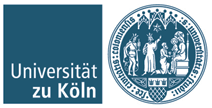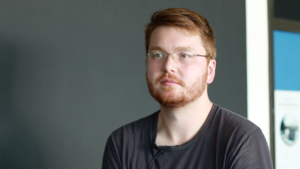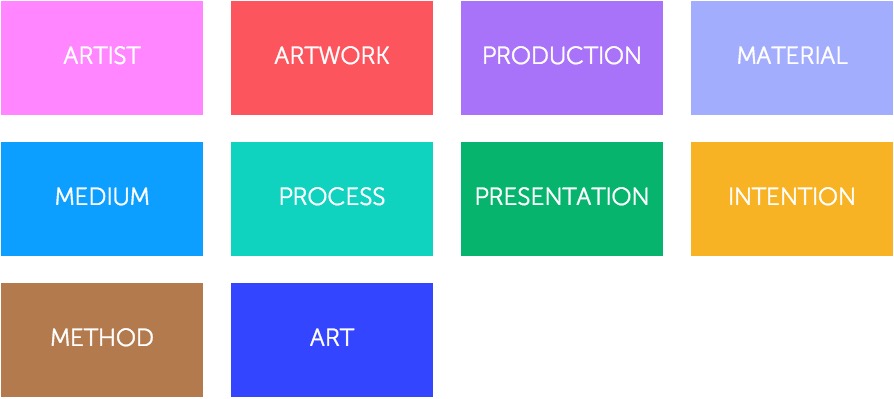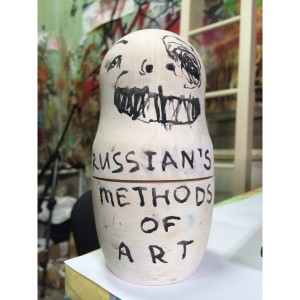About Methods of Art
Methods of Art (MOA) is a series of video interviews with contemporary artists from a wide range of fields, backgrounds and formations. The series explores core questions of „art making“ and the methods in their artistic production. A set of ten central questions aims to approach this matter from different angles:
- Who is the ARTIST?
- What is the ARTWORK?
- What is the PRODUCTION?
- What is the MATERIAL?
- What is the MEDIUM?
- What is the PROCESS?
- What is the PRESENTATION?
- What is the INTENTION?
- What is the METHOD?
- What is ART?
The ten resulting videos of every artist add to an archive that makes the number of different approaches, concepts, strategies, methods, ideas and understandings visible and simultaneously points out zones of overlapping.
MOA was created by Johannes M. Hedinger (Zurich/New York) and Torsten Meyer (Cologne) as a pool of video-based education materials for the integrated use of current media technology in blended learning scenarios. Since the beginning in 2013 it became a growing archive with currently over 300 videos of 30 artists from Austria, Canada, China, Germany, Hong Kong, Mexico, Russia, Sweden, Switzerland and USA. The videos are used in the field of art education and art research; in 2015 a first exhibition with material from MOA was installed in Hong Kong at the Connecting Space, a second will follow at the 3rd Ural Industrial Biennale of contemporary art in Ekaterinburg (Ru).
Credits
Producer Season 1:
University of Cologne, Institute of Art & Art Theory
Producer Season 2:
Zurich University of the Arts, Connecting Spaces – Documents #5
Producer Season 3:
University of Cologne, Institute of Art & Art Theory
Producer Season 4:
Ural Industrial Biennial Of Contemporary Art, Ekaterinburg
Producer Season 5:
Zurich University of the Arts
Producer Season 6:
University of Cologne, Institute of Art & Art Theory
Executive Producers:
Torsten Meyer, Johannes M. Hedinger, Konstanze Schütze
Series Directors:
Johannes M. Hedinger, Konstanze Schütze
Editors:
Paul Barsch, Wolfram Eggebrecht
Logo and Graphic Design:
Paul Barsch
Sound Logo:
Jonas Himmel
Website:
Timo Meisel
Partners



Imprint
© 2016 methodsofart.net
Johannes M. Hedinger, Torsten Meyer, AutorInnen
Anbieterkennzeichnung im Sinne des § 5 TMG:
Der unter methodsofart.net abrufbare Telemediendienst ist ein Angebot der
Universität zu Köln, Institut für Kunst & Kunsttheorie,
Gronewaldstr. 2, D-50931 Köln
http://kunst.uni-koeln.de
Verantwortlich: Prof. Dr. Torsten Meyer, Johannes M. Hedinger
info@methodsofart.net

















